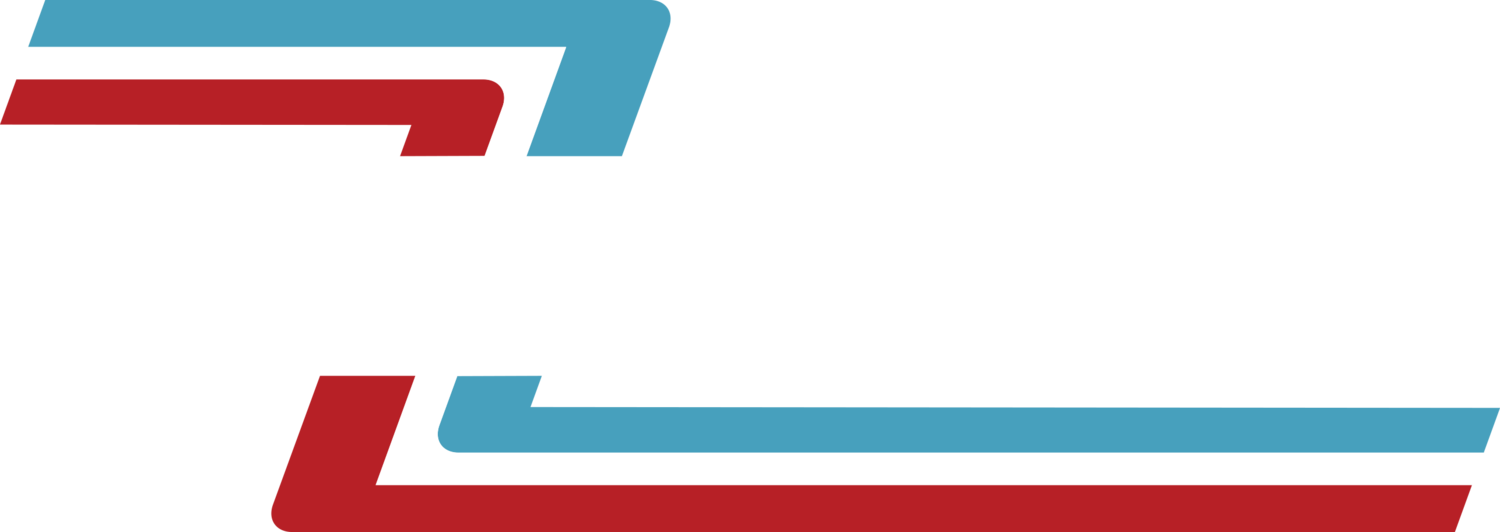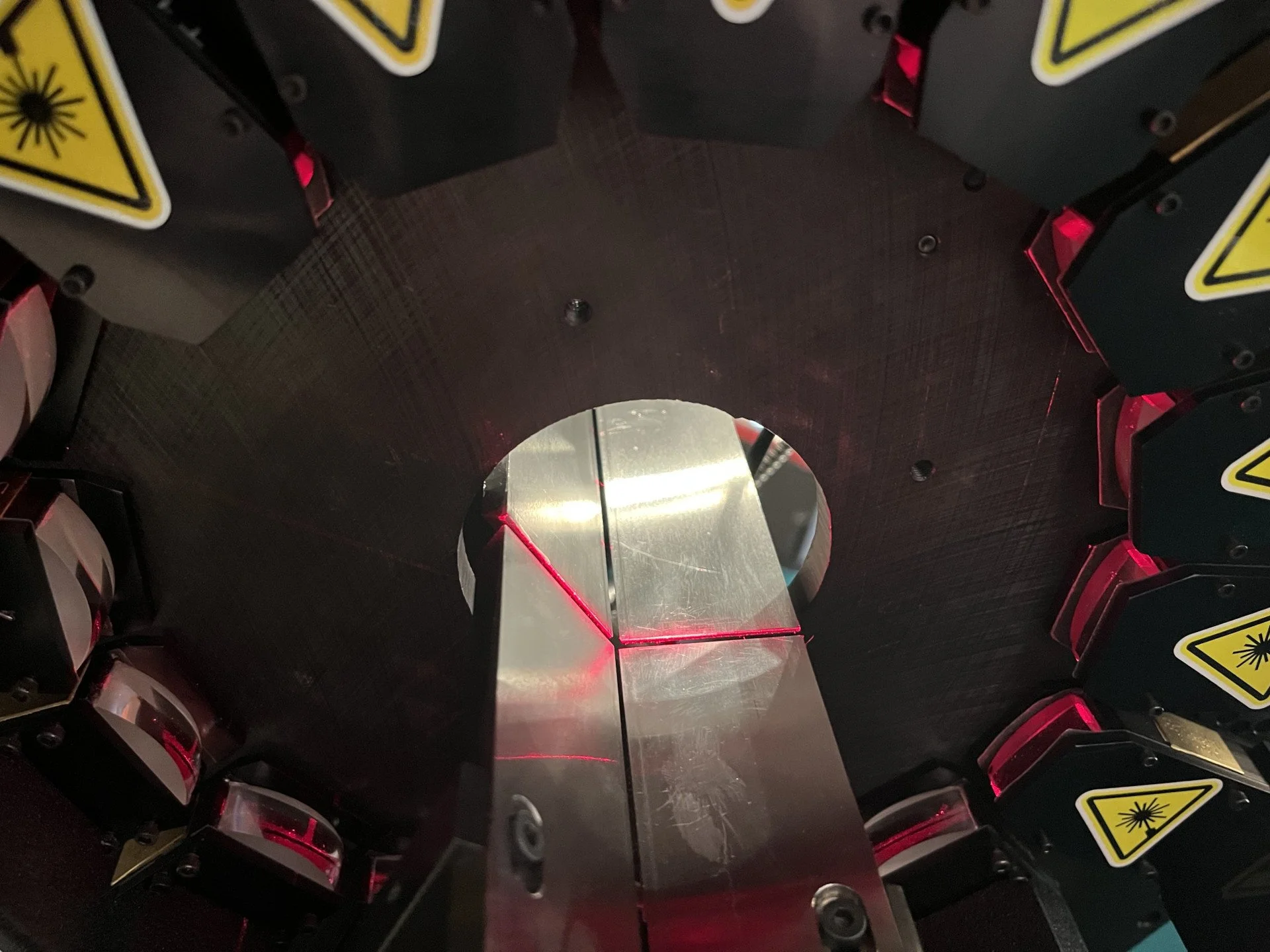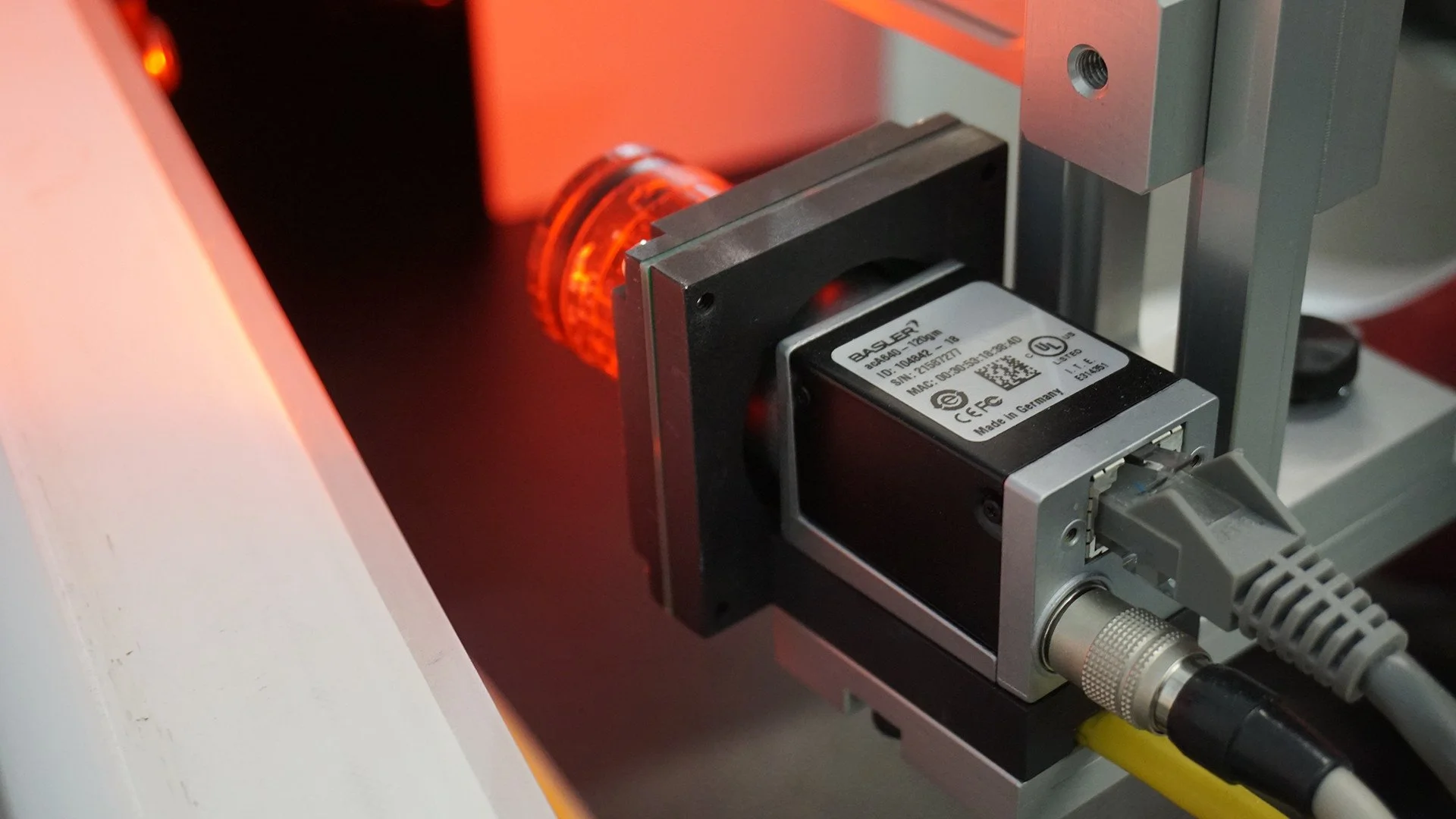Predecessors to Eddy Current Inspection
Before the arrival of Eddy Current Inspection, industries relied on traditional non-destructive testing methods such as visual inspection, dye penetrant testing, and magnetic particle testing, These techniques, while effective to a certain extent, often lacked the precision and efficiency that Eddy Current Inspection offers today. Visual inspection involved manual examination for surface defects, dye penetrant testing utilized colored dyes to reveal surface cracks, and magnetic particle testing detected flaws by applying magnetic fields to ferromagnetic materials. Eddy Current Inspection has since revolutionized the field by providing a more sensitive, accurate, and advanced method for defect detection and material analysis.
The Evolution of Eddy Current Inspection Techniques
In the historical context of Eddy Current Inspection, the journey from its inception to modern-day applications showcases a remarkable transformation. Initially, traditional methods involved manual coil configurations and basic scanning techniques, limiting the scope and efficiency of inspections. However, with technological advancements, the evolution of Eddy Current Inspection has seen a shift towards more sophisticated probe designs, automated systems, and advanced signal processing algorithms.
These innovations have improved the accuracy and reliability of inspections and significantly enhanced the speed and coverage of defect detection. Comparing traditional methods to today’s advanced non-destructive testing, the progress is evident in the seamless integration of cutting-edge technologies, enabling comprehensive inspections to surpass earlier techniques' limitations. This evolution highlights the continuous pursuit of excellence in non-destructive testing practices, bridging the gap between traditional approaches and the dynamic demands of modern industrial applications.
Challenges and Innovations in Eddy Current Inspection
Eddy Current Inspection faces many challenges in navigating complex testing scenarios, demanding innovative solutions to ensure accurate and efficient defect detection. The intricate nature of modern industrial applications presents obstacles that can impact inspection outcomes including the following:
Material variations
Geometric complexities
Surface conditions
To overcome these challenges, continuous advancements in probe technology, signal processing algorithms, and data interpretation methods are essential. Innovations in probe design, including multi-frequency arrays and flexible coil configurations, have enhanced the sensitivity and resolution of eddy current testing in challenging environments.
Additionally, the integration of artificial intelligence and machine learning algorithms has revolutionized data analysis, enabling automated defect recognition and classification in real time. Navigating complex testing scenarios requires a holistic approach that combines technical expertise, cutting-edge technology, and a deep understanding of material properties to ensure reliable and comprehensive inspection results.
Future Trends in Eddy Current Inspection Technology
The future of Eddy Current Inspection Technology holds significant promise in shaping the landscape of non-destructive testing. Anticipated advancements encompass a range of innovative trends poised to revolutionize inspection practices across various industries.
These developments are projected to streamline testing processes, improve defect detection capabilities, and enable predictive maintenance strategies. By staying up-to-date with these future trends and embracing technological evolution, practitioners can elevate the standards of non-destructive testing, ensuring the continued success of eddy current inspection in diverse industrial applications.














